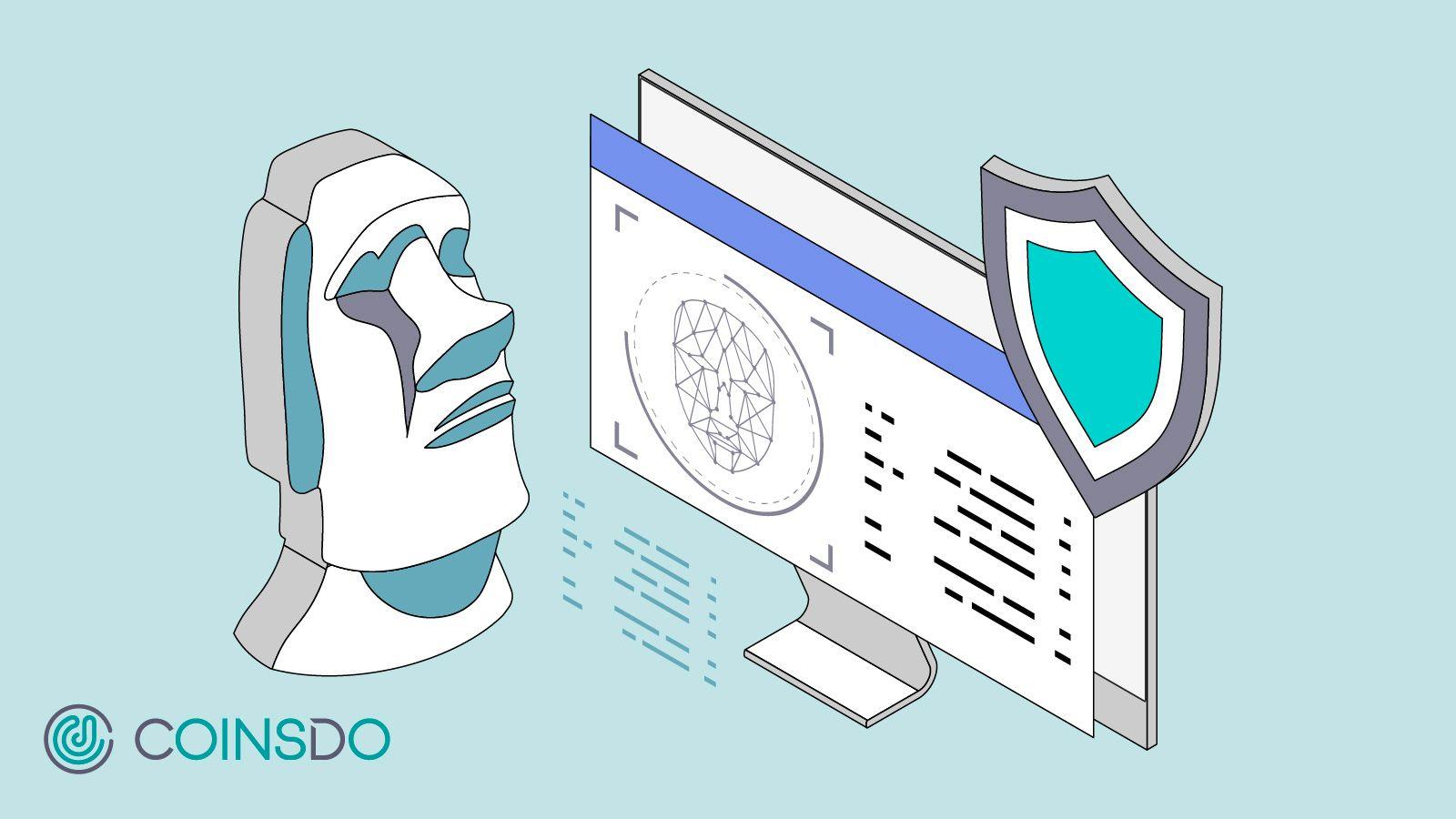
10 min read
Understanding Liveness Detection in Identity Verification
As the global economy increasingly shifts toward digital platforms, secure identity verification has become a cornerstone of online interactions. Fraudulent activities such as identity theft, account takeovers, and phishing attacks are rising, driving the demand for robust verification technologies. One of the most innovative and effective solutions is liveness detection, a technology that ensures that the person undergoing identity verification is a real, live individual and not a static image, video, or 3D mask.
This article dives deeper into how liveness detection works, why it's critical for digital security, and the industries that benefit most from this technology.
What is Liveness Detection?
Liveness detection is a technology that ensures biometric identifiers (such as facial recognition or fingerprints) are captured from a live human rather than a photo, video, or artificial replication. This method has emerged as an advanced defense against spoofing attacks, where fraudsters use images, videos, or even 3D masks to impersonate legitimate users.
How Does Liveness Detection Work?
Liveness detection operates on two primary methodologies: active and passive.
1. Active Liveness Detection
This method prompts users to perform a specific action, such as blinking, nodding, smiling, or turning their head. By requesting real-time, unique movements, active liveness detection can distinguish between a real human and a pre-recorded video or image. This method, while effective, can sometimes add friction to the user experience.
2. Passive Liveness Detection
In contrast, passive liveness detection operates in the background, requiring no direct action from the user. It analyzes subtle signals like skin texture, depth, and the natural reflection of light on a face or fingerprint. By using advanced machine learning models and computer vision, it can quickly and seamlessly verify whether a user is alive without disrupting the user journey.
AI and Machine Learning: The Backbone of Liveness Detection
The growing sophistication of artificial intelligence (AI) and machine learning (ML) has been instrumental in advancing liveness detection. Modern systems leverage deep learning algorithms trained on vast datasets to identify the minute differences between a real human face and a spoof. For instance, machine learning algorithms can detect tell-tale signs such as the natural movement of facial muscles, changes in eye reflection, or the unique pixelation patterns that separate real faces from photos or masks.
Moreover, as fraud tactics evolve, AI-powered systems continuously learn and adapt, allowing them to improve accuracy over time. Visa was able to proactively prevent up to $40 billion in payment fraud in FY23 alone through the adoption of AI-driven fraud detection, including liveness detection technology.
The Importance of Liveness Detection in Identity Verification
1. Rising Incidences of Identity Fraud
Identity theft is a persistent and growing problem. The Federal Trade Commission’s (FTC) Consumer Sentinel Network took in over 5.39 million reports in 2023, of which 48 percent were for fraud and 19 percent for identity theft, amounting to losses exceeding $43 billion. As the world becomes more digitally interconnected, the need for secure and foolproof verification methods is more critical than ever.
Liveness detection acts as a critical layer of defense in preventing identity theft by ensuring that only live individuals can access sensitive information, complete transactions, or perform high-value actions online. A report from Insight Partners notes that the demand for more secure identity verification solutions, including biometric verification with liveness detection, is expected to grow at a CAGR of 16.9% through 2030.
2. Combating Fraud in Financial Services
Fraud in the financial sector is a key driver of demand for liveness detection. In 2021, around 22 percent of U.S. adults had account takeover (ATO), where criminals exploit stolen credentials to gain unauthorized access to accounts. Today, that figure has risen to 29 percent of American adults. This is especially concerning in industries such as banking, with fraud losses across bank payments totalling nearly $1.6 billion in 2022.
Liveness detection is being used to secure processes such as Know Your Customer (KYC) during account openings and high-risk financial transactions. By combining liveness detection with biometric verification, financial institutions can dramatically reduce fraud rates and increase customer trust.
3. Enhancing Trust in eCommerce and Retail
The rise of online shopping has been accompanied by a spike in card-not-present (CNP) fraud, with global CNP fraud losses projected to exceed $9.49b in 2023. Liveness detection plays a crucial role in curbing this trend by verifying users' identities during high-value purchases or at key points in the customer journey, providing an additional layer of security against fraudulent transactions.
4. Healthcare: Protecting Patient Data
In healthcare, where access to sensitive patient records is tightly controlled, identity verification has become more critical than ever. With healthcare data breach costs increasing 53.3% since 2020, with an average cost of $10.93 million in 2023, hospitals and medical institutions are integrating liveness detection into their systems to ensure that only verified personnel and patients can access medical records or telehealth services.
Benefits of Liveness Detection for Businesses
1. Fraud Prevention: By ensuring that only live individuals can access accounts or systems, liveness detection blocks fraudulent attempts and significantly reduces the risk of identity theft.
2. Regulatory Compliance: With strict data privacy laws such as GDPR in Europe and CCPA in California, businesses must implement secure user verification processes to avoid legal repercussions. Liveness detection helps organizations comply with KYC and anti-money laundering (AML) regulations.
3. Improved Customer Experience: Passive liveness detection, in particular, offers a seamless experience that doesn’t interrupt your customers. A study by Forrester Research found that improving CX by 1 point can lead to more than $1 billion in additional revenue for businesses. That’s because improving CX increases the chance that customers will subscribe for additional services or refer their friends.
4. Cost Savings: By preventing fraud, businesses can save billions in potential losses. Jumio’s Fraud Prevention Report estimates that companies using liveness detection see a 35% reduction in fraud-related costs.
Future of Liveness Detection: What’s Next?
The future of liveness detection lies in multi-modal verification, where liveness checks are combined with other biometric technologies like fingerprint or iris scanning to provide even greater security. As AI and machine learning continue to evolve, we can expect more sophisticated and faster methods of liveness detection, reducing false positives and further improving fraud prevention efforts.
Additionally, blockchain technology is poised to play a role in identity verification by creating immutable records of user identity that, when paired with liveness detection, can make spoofing virtually impossible. With the global identity verification market expected to reach $21.8 billion by 2028, liveness detection will be at the forefront of this rapidly growing sector.
CoinFace: The Liveness Detection Solution You Need
Liveness detection is an essential tool in today’s digital world, protecting both businesses and consumers from increasingly sophisticated fraud tactics. By preventing identity spoofing and ensuring that only live users can complete verification processes, this technology is safeguarding sensitive transactions across industries, from finance to healthcare.
With identity fraud on the rise, businesses must adopt liveness detection technologies to meet customer expectations for secure, frictionless experiences. By doing so, companies not only reduce the risk of fraud but also enhance customer trust, leading to greater retention and satisfaction.
Looking for a robust facial verification solution? CoinFace, an advanced liveness detection solution from Coinsdo, offers state-of-the-art technology to help your business meet KYC compliance, prevent fraud, and enhance customer onboarding.
With CoinFace, you can:
- Authenticate users in real time using facial verification.
- Ensure regulatory compliance with secure and reliable biometric checks.
- Prevent fraud with advanced liveness detection that guards against identity spoofing.
- Streamline your KYC process for a faster and more seamless user experience.
Get started with CoinFace today and safeguard your business with cutting-edge facial verification technology.


